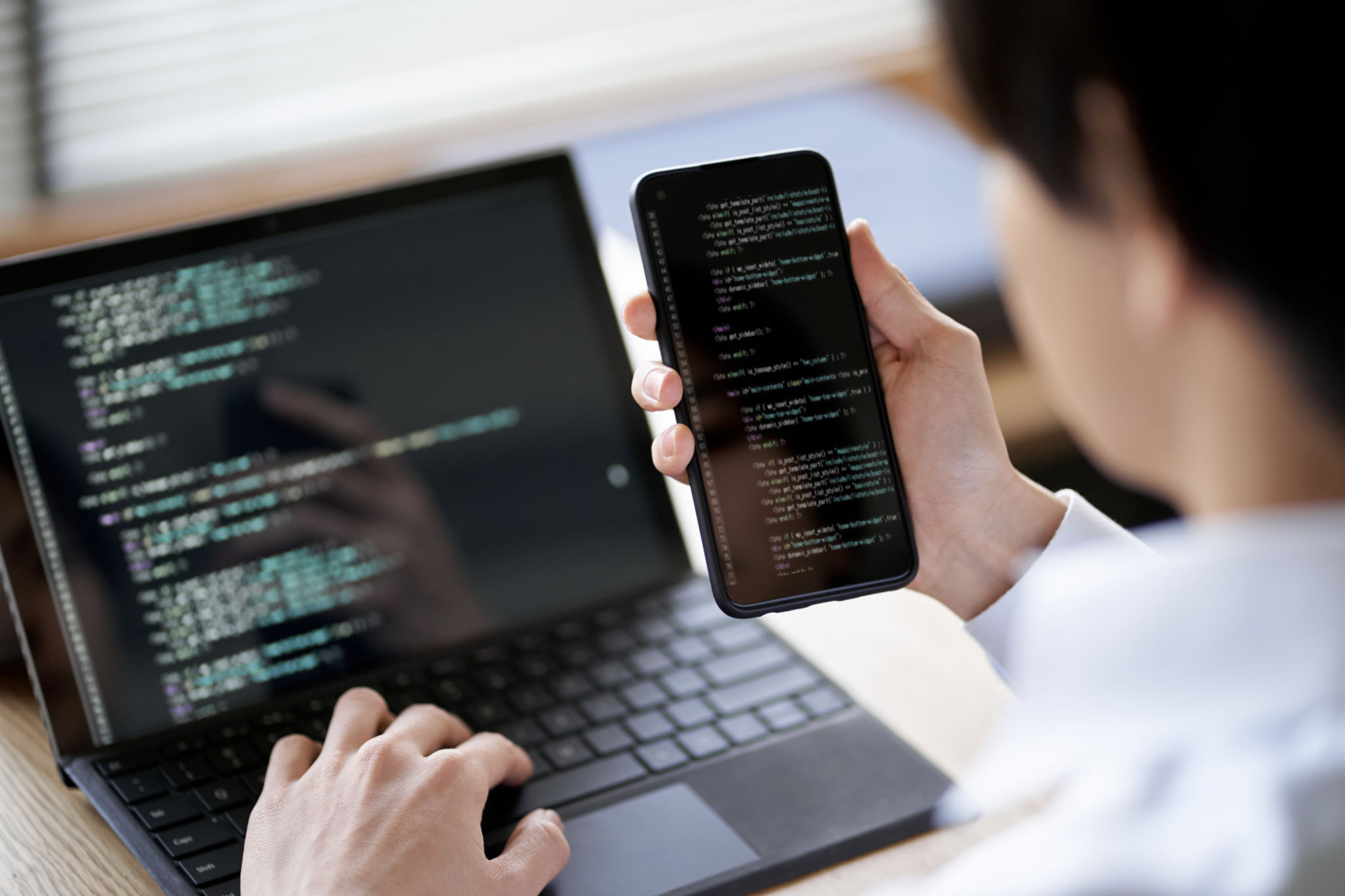Exploring the Latest Trends in Mobile COVID-19 Testing
Introduction to Mobile COVID-19 Testing
Mobile COVID-19 testing has emerged as a revolutionary solution in the ongoing battle against the pandemic. By bringing testing directly to communities, these mobile units are making it easier for individuals to access testing services, especially in areas where healthcare facilities are limited. This approach not only facilitates widespread testing but also helps in controlling the spread of the virus more effectively.
The concept of mobile testing is not entirely new, but its application during the pandemic has seen remarkable growth and adaptation. As we explore the latest trends in mobile COVID-19 testing, it is crucial to understand how these innovations are shaping public health responses globally.

Advancements in Mobile Testing Technologies
One of the significant trends in mobile COVID-19 testing is the advancement in testing technologies. With rapid antigen tests and PCR tests becoming more portable and efficient, mobile units can now deliver results faster than ever before. Speed and accuracy have become pivotal in identifying and isolating cases swiftly, preventing further transmission.
Moreover, the integration of digital tools and applications has enhanced the tracking and management of test results. Many mobile units are now equipped with digital platforms that facilitate seamless data collection, analysis, and sharing with relevant health authorities, ensuring a coordinated response to outbreaks.
Use of AI and Machine Learning
The incorporation of artificial intelligence (AI) and machine learning is another exciting trend. These technologies are being used to predict potential hotspots, optimize routes for mobile units, and personalize communication with individuals about their test results and next steps. This data-driven approach is helping health officials make informed decisions quickly.

Community-Centric Approaches
Another trend gaining momentum is the community-centric approach adopted by mobile testing units. By working closely with local organizations and leaders, these units are tailoring their services to meet the specific needs of diverse communities. This includes providing multilingual staff, offering culturally sensitive materials, and ensuring accessibility for all individuals.
Such efforts are vital in building trust within communities and encouraging more people to get tested. Community feedback is also being used to refine processes and ensure that mobile testing remains a viable and accepted option.
Partnerships with Local Businesses
Partnerships with local businesses have further bolstered the reach and impact of mobile testing units. By collaborating with companies, testing units can set up in strategic locations such as parking lots or event venues, making it convenient for employees and customers to get tested on-site. This strategy not only enhances convenience but also increases overall testing numbers.

Challenges and Opportunities
Despite the numerous benefits, mobile COVID-19 testing faces several challenges. Logistics, funding, and staffing remain significant hurdles that need to be addressed to maintain efficiency and effectiveness. However, these challenges also present opportunities for innovation and improvement.
Future advancements could include more cost-effective solutions, better resource allocation, and enhanced training programs for staff. As technology continues to evolve, so too will the capabilities of mobile testing units, promising an even more robust response to future public health crises.
The Future of Mobile Testing
Looking ahead, the role of mobile COVID-19 testing is expected to expand beyond the current pandemic. These units could become a permanent fixture in public health infrastructure, providing vital services for other infectious diseases and health screenings. By leveraging the lessons learned during COVID-19, we can build a more resilient and responsive healthcare system for all.
